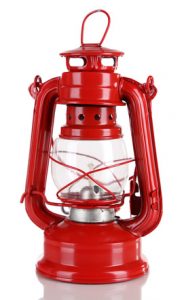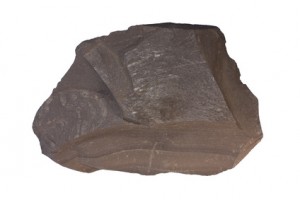Monday 06 June, 2016
Are different fuel oils interchangeable?
 Oil is oil, right? Wrong. There is heating oil, kerosene, diesel gas and gasoline, which are all fuel oils. Although all these fuels start out the same, they have different compositions once they have gone through the processing phase. Have you ever wondered what would happen if you used the wrong fuel in your car or your furnace?
Oil is oil, right? Wrong. There is heating oil, kerosene, diesel gas and gasoline, which are all fuel oils. Although all these fuels start out the same, they have different compositions once they have gone through the processing phase. Have you ever wondered what would happen if you used the wrong fuel in your car or your furnace?
Let’s start with your car. Perhaps you have a diesel engine in your car and you pull up to a pump. For whatever reason, you grab the wrong nozzle and fill the car up with regular gasoline, put the nozzle back and drive away. Now what happens depends on how much diesel fuel was left in the gas tank before you added regular gasoline. If the ratio of gasoline to diesel was low, there might not be a noticeable difference. But if the gasoline ratio is high, you probably won’t get very far. The emissions system will start to malfunction. The engine will run noisy and rough. All that gasoline is damaging your diesel engine. The best thing to do if you use the wrong fuel oil is to not even start the car. Have it towed to a garage and have the tank drained. It is almost impossible to put diesel fuel in a car with a regular gas engine. The nozzle for a diesel engine is much too large for the gasoline filler neck opening.
What about using gasoline or kerosene in your fuel oil tank for your furnace? Another big no, no. Number 2 heating oil has been formulated to work with a furnace and the ignition point of the furnace. Other mixtures of fuel oil will have varying ignition points. The result can be a fire. Gasoline and kerosene are faster burning fuels and the result can be disastrous.
Each type of fuel oil was designed with a specific use in mind. Some engines need a cleaner fuel and some need a fuel that will also act as a lubricant, like a diesel fuel. Any time a fuel oil is used inappropriately you will have a damaged engine and possibly a fire. Most tanks where fuel oil is put in will have the correct type of fuel listed. Diesel gas pumps do have a different color nozzle. The handle is typically green. And inside the gas tank door it tells you to use diesel fuel only. Even with all these precautions, take care not to interchange your type of fuel oil.
|











0